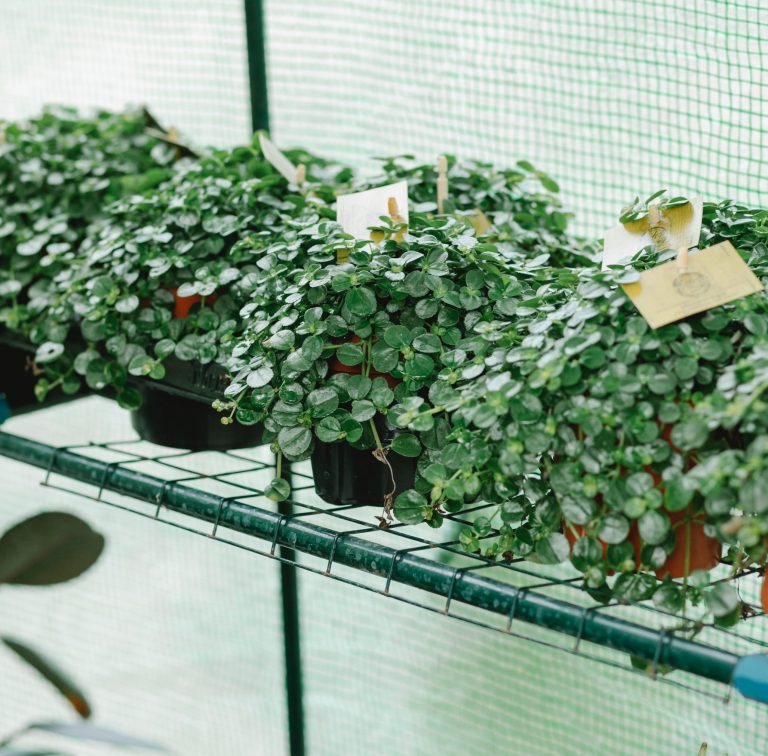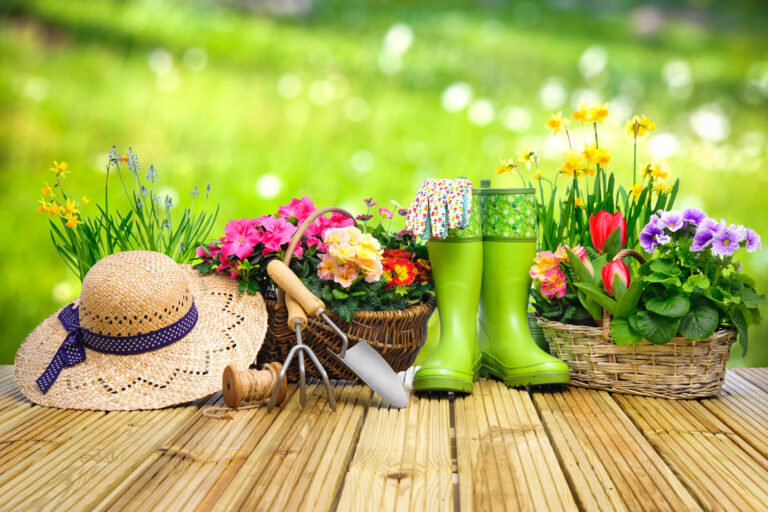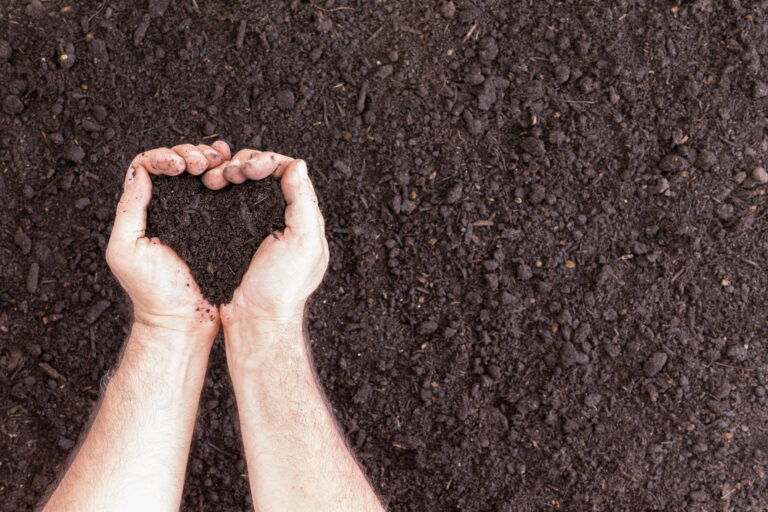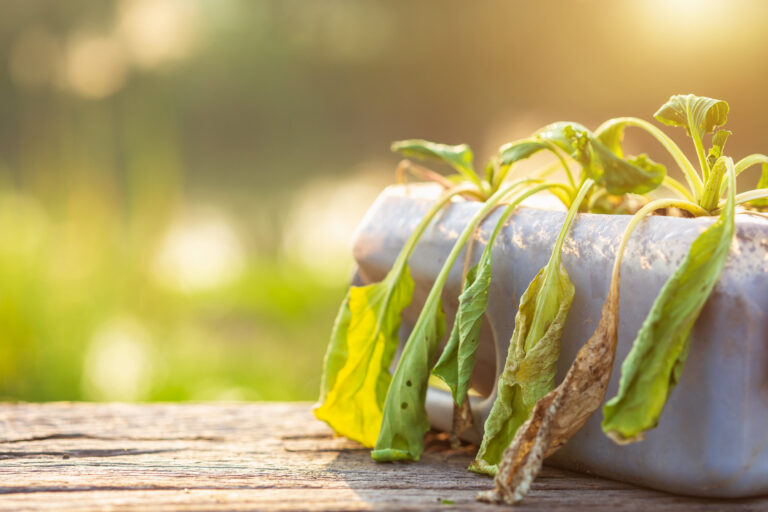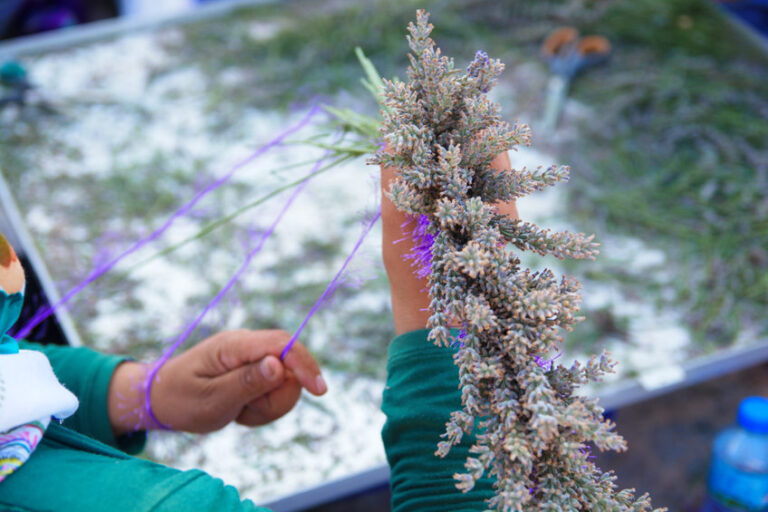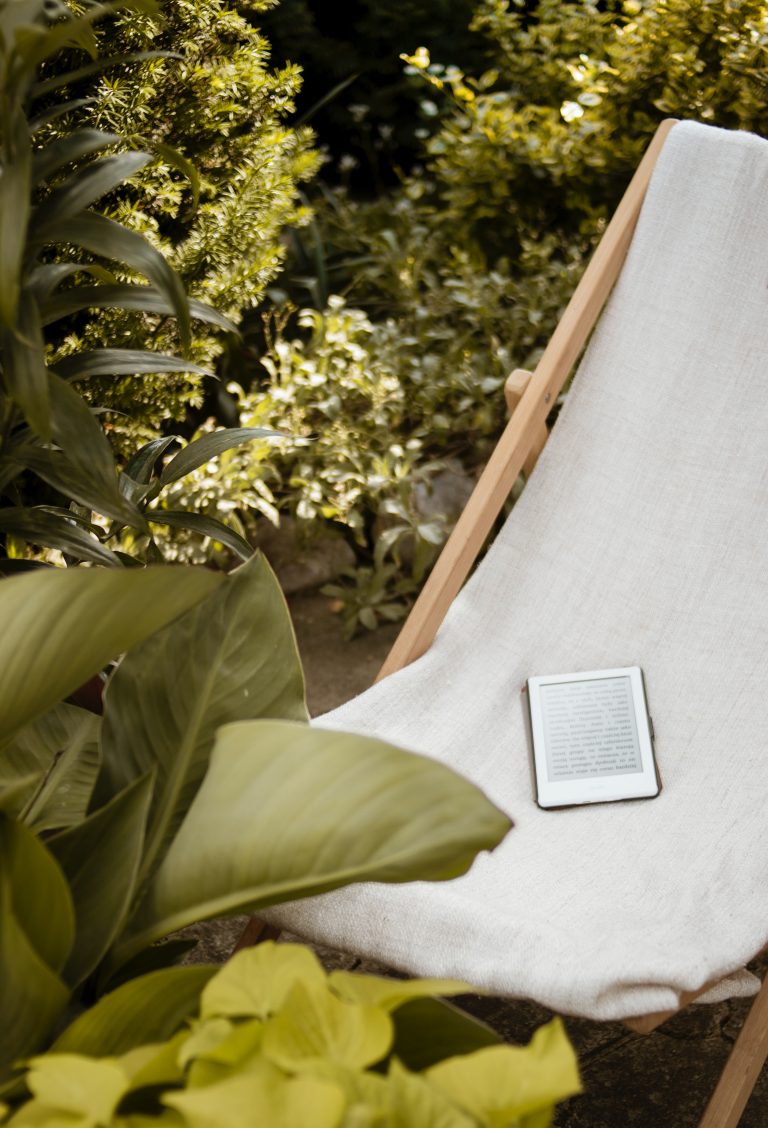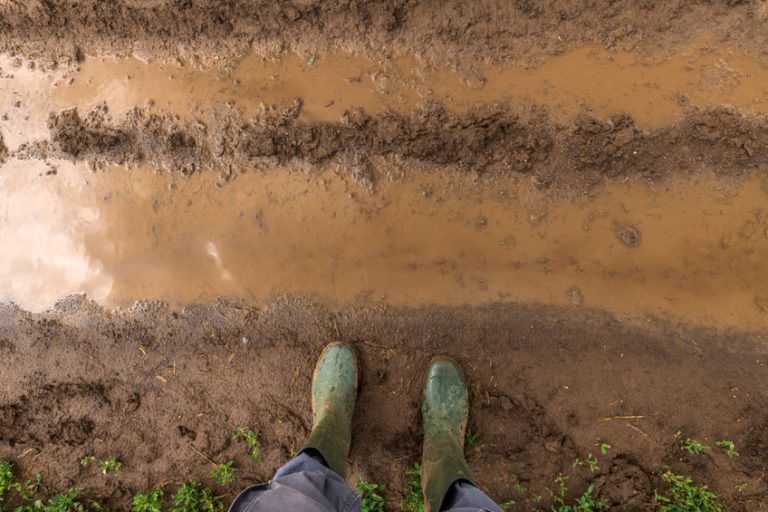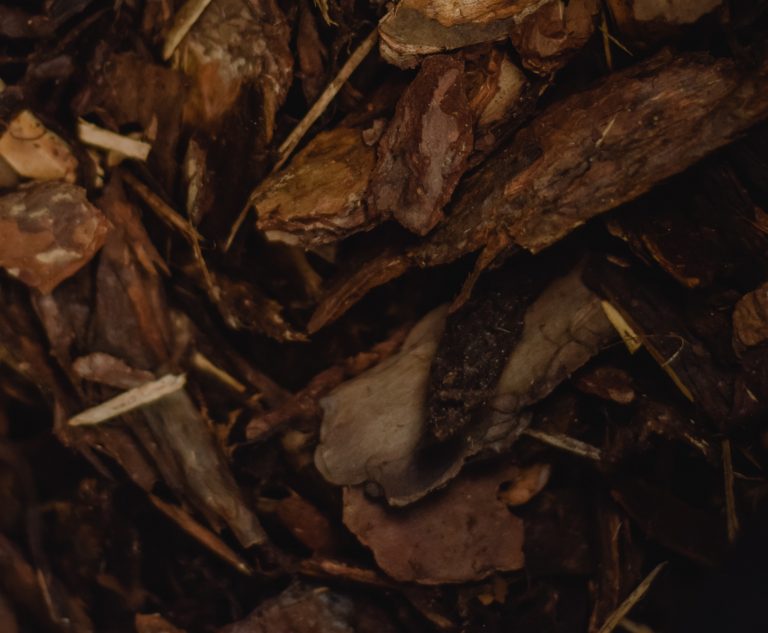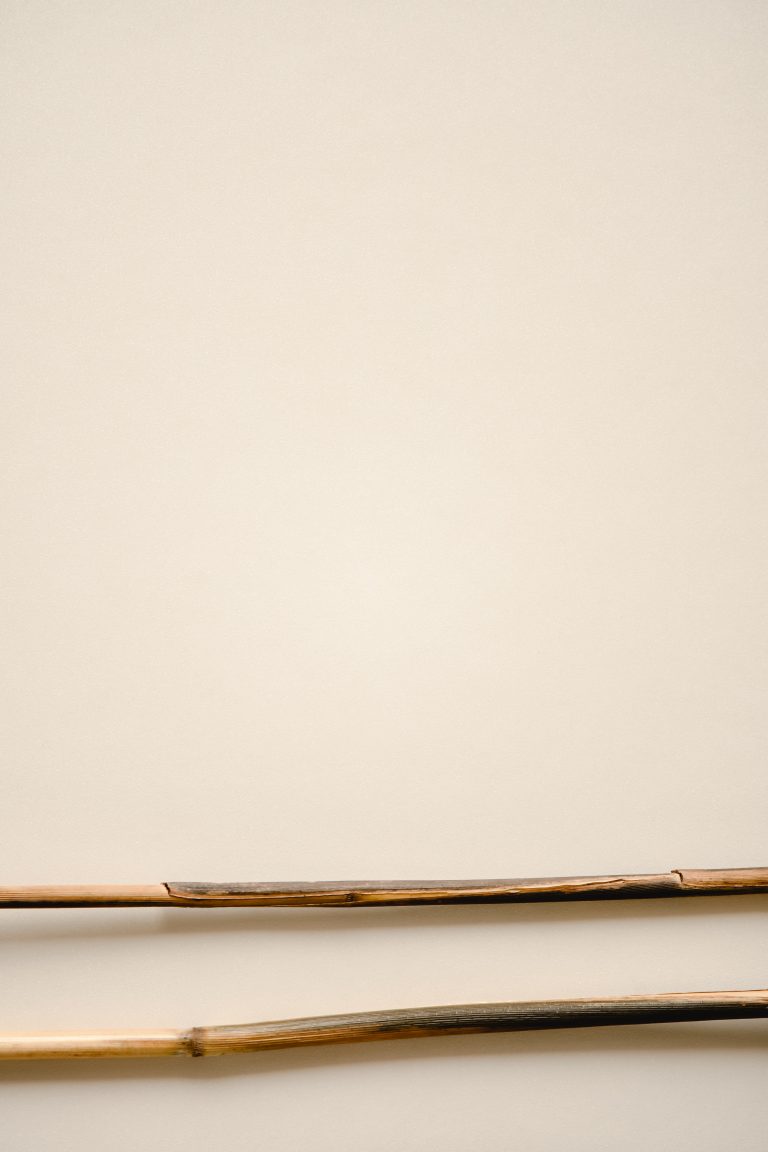I am exhausted to the bone. Normally, at this time of year, I get excited about seed starting. I take stock of my seed supplies, order seeds I’m missing, and start planning out my garden. This year, I’ve yet to do any of that. I’m too overwhelmed and tired, so I’ve decided to forego…
frugality
5 Tips for Starting a Garden and Landscaping Company
With more people seeing the benefits of having a garden at home, the demand for professional services for gardening and landscaping grows. This is why you’ll be making a good call by starting a garden and landscaping company. If you’d like to know how you can do this with a good chance of success, read…
5 Ways to Get Your Garden Ready for Fall on a Budget
August is officially here, which means autumn is right around the corner. While the idea of getting your garden ready for the cooler season might seem overwhelming, you don’t need to worry! Here’s how you can revamp your garden for fall without breaking your budget. 1. Compare Prices of Tools Online If you’ve been using…
5+ Cheap Ways To Make Soil More Acidic
Every garden’s soil has a pH level. You can work with different pH levels using different plants. However, you have to know where you’re starting. And in some instances, you might want to change the pH level. For example, if your soil is too alkaline for the plants you want to grow, then you need…
Does My Brown Thumb Make Gardening a Waste of Money?
I have a confession to make: I have a bit of a brown thumb. In other words, I’m not that great at gardening. I have let more plants die than I’d like to admit. And yet, I keep trying to grow them and learning from my mistakes. Does this mean that gardening is a waste…
5 Fun Ways to Use Yarn in the Garden
I am a crafter. Mostly, I crochet, although I also knit and weave and collage and enjoy some other crafty activities. As a result of my craft, I have a lot of yarn in my home. Most of it I will use to crochet, of course. However, over the years, I’ve found that yarn can…
7 Free Gardening Ebooks You Can Download Right Now
I’m a huge fan of ebooks. I’m so into them that I actually have TWO e-readers! One for my library books and another for advanced reader copies (ARCs). Many people out there are willing to share their gardening knowledge. These free gardening ebooks are an excellent choice for frugal gardeners, people new to gardening,…
Protect The Garden From Excessive Rainfall: Frugal Tips
While it’s not necessarily a problem in all locations, many people have to worry about protecting their garden from excessive rainfall. Plants love water! Too little, and they’ll wither away. But too much water can also cause problems. Plants that are stuck drowning in waterlogged soil can succumb to root rot. These days, unpredictable weather…
7 Places Where You Can Get Free Mulch
Mulch is one of the most useful tools for gardeners. It’s especially helpful at a time when the weather is unpredictable. We’ve begun to see the drastic effects of climate change in earnest, namely hotter summers. And while many garden plants love warm weather, there’s a point where the heat becomes unbearable—even for heat-loving…
Cheap Must-Have Tools For Frugal Gardeners
Gardening can get expensive if you let it. Personally, I’m not very big on DIY stuff for the garden. My chronic illness makes it difficult to spend too much time tinkering and toiling. Instead, I have to rely on cheap garden tools to make things work. It can take some time before you discover…
